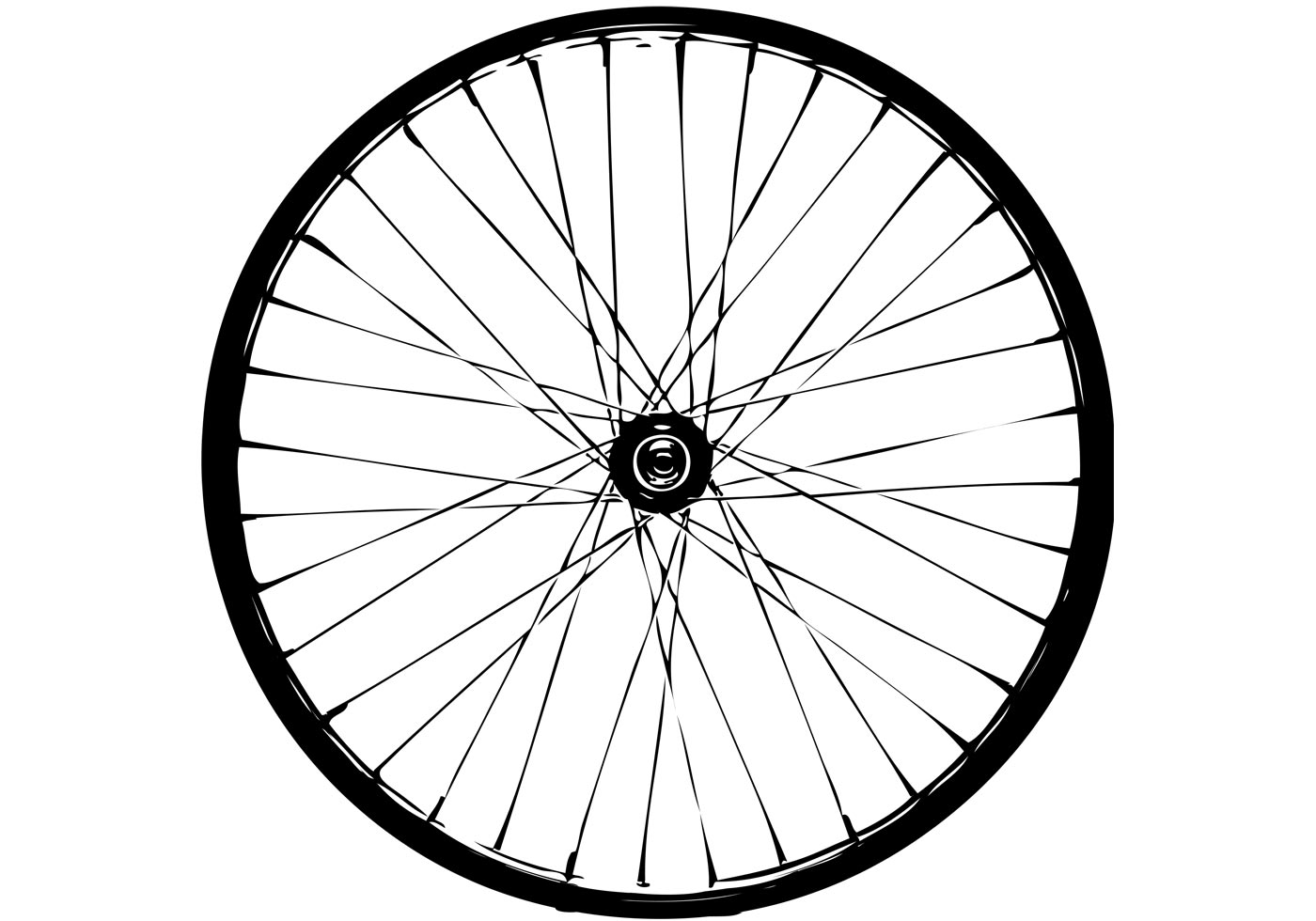October Guy
A heartwarming memory wells up when I see cirrus clouds stretched by winds across the October sky like a skein of cotton. They remind me of a time when baseball was played during the day, seemingly always under a feathery white sky, and it was the most important thing in my life.
When I saw these clouds recently, I remembered that it’s been a year since the passing of my childhood hero, Bob Gibson, a fierce and formidable pitcher for the St. Louis Cardinals in the 1960s and ‘70s. Gibson is one of the best ever, but for me, it wasn’t only his blistering desire to win that set him apart. It was also his reeling and balletic delivery that I first saw on Oct. 2, 1968, that made Gibson my player and the Cardinals my team.
Gibson that day struck out 17 Detroit Tigers in the first game of the World Series. I was eight years old, and I was learning to love baseball. I was in school when the games started and, if we were lucky, we’d might hear a teacher mention a score. But this was a Detroit-St. Louis matchup, a geographic mismatch for upstate New York and I heard nothing about the game as the school day ended (the next year teachers rolled TVs into the classroom so we could watch the New York Mets miracle World Series win).
I ran home from the bus stop and into my house, and then waited impatiently as our television warmed up. The picture was black-and-white and fuzzy but the central character in this show — Gibson — was the epitome of focus. His curveballs mimicked the St. Louis’s Gateway Arch in their head-to-belt flight, mesmerizing helpless Tiger batters.
Gibson wasted no time on the mound. Catch, throw, catch, throw, catch throw. It was methodical, clinical, and hypnotic. Watch baseball on TV today. Between pitches, the pitchers step off the mound and scan the stadium’s upper decks, as if the answer for what pitch to throw next can be found there.
As the game went on, I couldn’t understand why the announcers were so animated about each Tiger strikeout. It wasn’t until I read the next day’s afternoon newspaper – 24 hours later -- that I learned that Gibson had set a record for most strikeouts in a World Series game, 17 (Gibson recounted the game in a great baseball book, Pitch by Pitch). The record still stands.
Gibson pitched a shutout that day and won Game 3 of the series. The Tigers, however, beat him in the decisive seventh game, inciting me to curse Tim McCarver, who sealed the Cardinals fate by fouling out to the catcher for the last out. I punched the TV’s “off” button.
In 1970, the Cardinals plummeted in the standings and stayed there for many years despite Gibson’s excellence. Because they were also-rans, the Cardinals were rarely on baseball’s national game of the week. I became a die-hard Yankee fan, a relationship cemented by Friday night games on WPIX, Channel 11, in the early days of cable television.
But boyhood heroes often refuse to fade away, and that is the case for me with Gibson. His brief time with the Harlem Globetrotters basketball team and his enigmatic personality -- he was brusque and intimidating with opponents, teammates, and the media -- also inspired my reverence. Roger Angell, the best baseball writer ever, captured Gibson well in a classic 1980 New Yorker piece, Bob Gibson Keeps His Distance.
Nostalgia can be used “perniciously,” particularly in politics. But my feeling of nostalgia for Gibson and 1960s baseball is not a longing for things to be like they were in the past or dissatisfaction with the present (except the length of games!). These memories simply delight, moving through me like restorative medicine.
I see Gibson’s wildly lurching pitch delivery; it’s as if the field suddenly tilts 45 degrees toward first base after he releases the ball. I see the paranormal path of his pitches. I see cirrus clouds in the atmosphere, icy and cool like Gibson in the center of the diamond.

